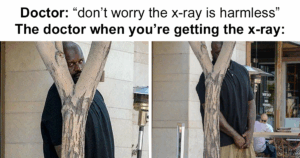“Unlocking the Enigma: Discover the Hidden Mysteries Behind the Mona Lisa’s Smile”
Whatever the case there, all in all, Leonardo’s sfumato contributed unprecedented psychological depth to what could have been just another portrait of another wealthy patron.
Speaking of which … who was she?
The first indication as to her identity comes from the aforementioned artist, architect and writer Giorgio Vasari. Vasari identifies the subject of the painting as one Lisa Gherardini, the wife of Francesco del Giocondo, a wealthy nobleman and merchant who commissioned the painting. That explains the title of the portrait, with ‘Monna’ – rendered as ‘Mona’ outside of Italy – being short for ‘Madonna’, or ‘My Lady’.
The ‘Lady Lisa’ is also known outside the English-speaking world by another title, ‘La Gioconda’, the feminine declination of Francesco’s surname.
Vasari’s account was compiled three decades after Leonardo’s death, and Lisa may have still been alive, although the date of her death is disputed. Therefore, most assume this claim to be accurate, though the lack of direct evidence has spurred a number of alternative hypotheses as to the identity of the portrait’s subject.
For example, she has been identified as the noblewoman Caterina Sforza, as the Duchess of Milan Isabel of Aragon, or as a lover of Giuliano de’ Medici, son of Lorenzo ‘the Magnificent’.
We find particularly amusing the theory put forward by Sigmund Freud. The father of psychoanalysis believed ‘Lisa’ to actually be Caterina, the mother of Leonardo da Vinci, who died when he was only five years old. According to Freud, Leonardo wanted to capture the faint memory of Caterina with the portrait of an idealised woman, whose enigmatic yet sweet smile expresses motherly affection. Although, given Freud’s propensity to attribute everything to one’s mothers and complete lack of evidence, let’s just say art historians aren’t exactly jumping on this hypothesis like they apparently want to jump on their mothers according to Freud.











